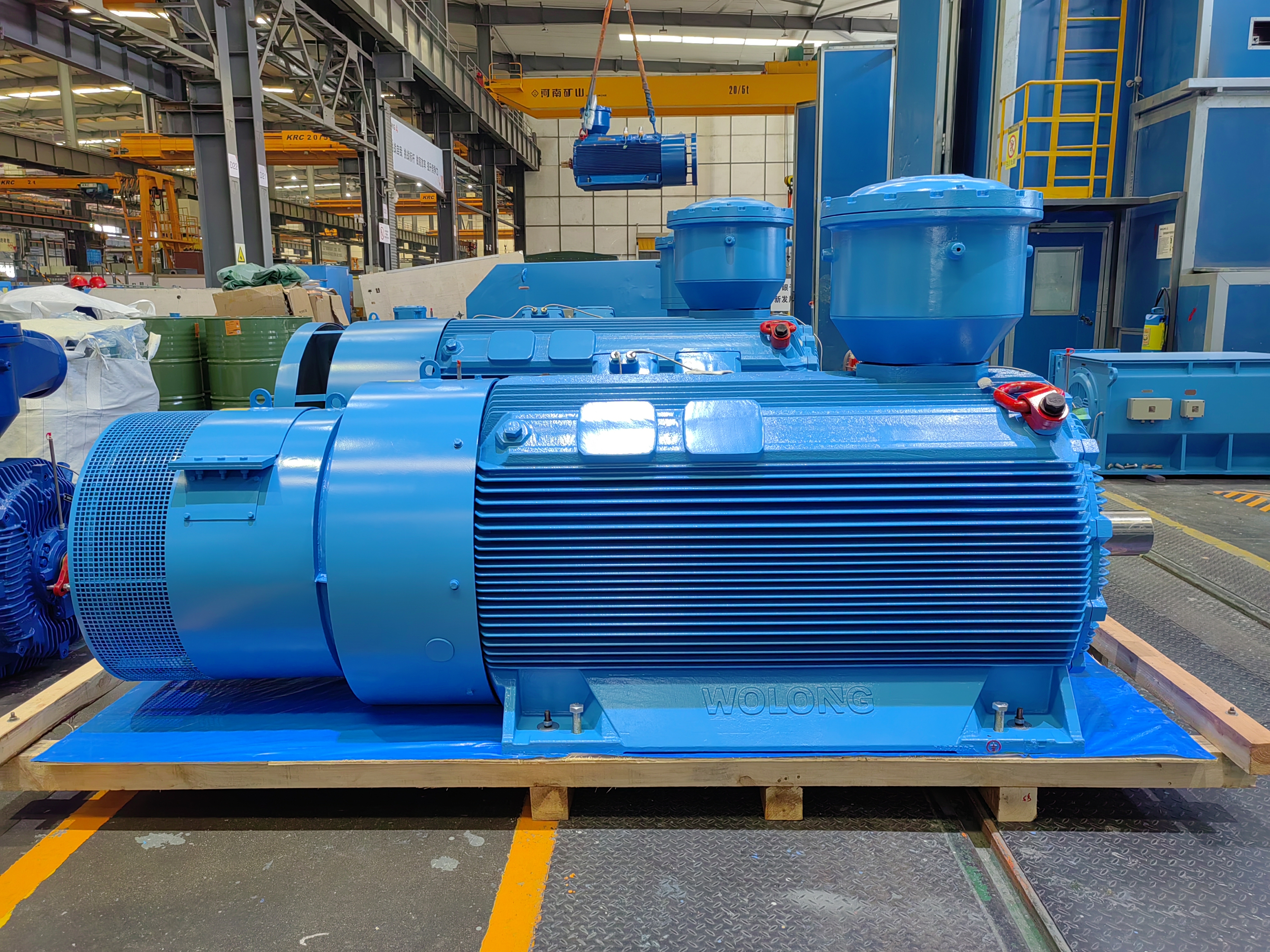Rolling bearings are crucial components in various industrial applications, providing support and reducing friction between moving parts. In environments where explosive gases or dust are present, explosion-proof rolling bearings are essential to ensure safety and prevent potential hazards. These specialized bearings are designed to withstand the challenges posed by explosive atmospheres, making them a critical element in industries such as oil and gas, chemical processing, mining, and more.
The concept of explosion-proof rolling bearings revolves around their ability to prevent the ignition of flammable substances in the surrounding atmosphere. This is achieved through the use of robust materials, protective enclosures, and stringent design standards that minimize the risk of sparking or overheating. However, it’s important to note that while explosion-proof motors are commonly used in hazardous environments, the same level of protection cannot be applied to rolling bearings. This raises the question: why can’t high-power explosion-proof motors be used as rolling bearings?
To understand this limitation, it’s essential to delve into the specific challenges and requirements associated with explosion-proof rolling bearings. Unlike motors, which primarily focus on containing potential sources of ignition within their enclosures, rolling bearings face unique operational demands that make achieving explosion-proof capabilities more complex.
One of the primary reasons why high-power explosion-proof motors cannot be directly used as rolling bearings is the difference in their operating conditions and the nature of their interactions with the surrounding environment. Motors are enclosed systems that can be designed to prevent the release of sparks or hot surfaces, thus minimizing the risk of igniting flammable substances. In contrast, rolling bearings are exposed to the external environment and must contend with the ingress of potentially hazardous gases or dust particles.
Furthermore, the mechanical requirements for rolling bearings, such as load-bearing capacity, rotational speed, and lubrication, necessitate a different approach to achieving explosion-proof capabilities. While motors can rely on enclosure design and internal protection measures, rolling bearings must address the risk of sparking or heat generation at the contact points between rolling elements and raceways, as well as within the lubrication system.
Another critical factor to consider is the size and complexity of rolling bearings compared to motors. Rolling bearings are often compact, precision-engineered components that operate under high loads and rotational speeds. Achieving explosion-proof characteristics in such a confined space while maintaining the necessary performance attributes presents a significant engineering challenge. In contrast, motors have larger enclosures that can accommodate protective measures more effectively.
In addition to the operational differences, the standards and regulations governing explosion-proof equipment for motors and rolling bearings also vary. Motors are subject to specific certification requirements and testing procedures tailored to their design and function. On the other hand, explosion-proof rolling bearings must adhere to distinct standards that address their unique operating conditions and potential ignition sources.
Given these complexities and distinct operational requirements, it becomes clear that the design and implementation of explosion-proof capabilities for rolling bearings cannot be directly equated to those for high-power motors. Instead, specialized approaches and technologies are required to ensure that rolling bearings can operate safely and reliably in explosive atmospheres.
To address the challenges associated with explosion-proof rolling bearings, manufacturers have developed innovative solutions that integrate advanced materials, protective coatings, and specialized sealing mechanisms. These advancements aim to minimize the risk of sparking, reduce frictional heat, and prevent the ingress of hazardous substances, thereby enhancing the safety and performance of rolling bearings in explosive environments.
For example, the use of non-sparking materials, such as ceramic rolling elements and coatings, can significantly reduce the potential for ignition in rolling bearing applications. Similarly, advanced sealing systems, including labyrinth seals and barrier coatings, help to prevent the entry of flammable gases or dust while maintaining the necessary lubrication for smooth operation.
Furthermore, the development of specialized lubricants with low frictional heat generation and enhanced thermal stability has been instrumental in improving the safety and reliability of explosion-proof rolling bearings. These lubricants are specifically formulated to withstand the challenges of explosive atmospheres, ensuring that the bearings can operate within the required temperature limits without posing a risk of ignition.
In conclusion, while high-power explosion-proof motors and rolling bearings both play critical roles in ensuring safety in hazardous environments, their distinct operational requirements and design considerations prevent the direct application of explosion-proof capabilities from one to the other. The unique challenges associated with rolling bearings demand specialized solutions that address the complexities of operating in explosive atmospheres while maintaining the necessary performance attributes. By leveraging advanced materials, protective measures, and innovative technologies, manufacturers continue to enhance the safety and reliability of explosion-proof rolling bearings, contributing to the overall safety and efficiency of industrial operations in hazardous environments.
Post time: Apr-29-2024






